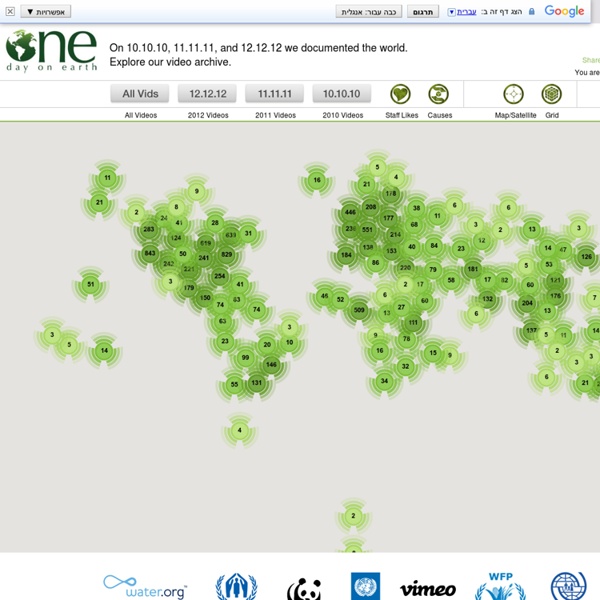



Map Men: teaching geography through comedy Mark Cooper-Jones and Jay Foreman tap into a rich vein of geographical quirks to teach through comedy ‘Maps are probably the best gateway into geography,’ argues comedian Mark Cooper-Jones. ‘They have become trendy, and cool. People are even putting them up on their walls.’ For any geography teacher looking for ways to make the world’s many maps, and the various strange geographical oddities they portray, funny and yet still educational, they should definitely watch Map Men. Short, snappy videos produced and presented by comedian map-fans Cooper-Jones and Jay Foreman, Map Men explores interesting stories about maps from the UK and overseas, merging snippets of educational information with quick-fire jokes and sketches. ‘Comedy is the thing that makes them clickable,’ observes Cooper-Jones. The YouTube series covers a wide range of subjects, such as the UK’s north-south divide, the India-Bangladesh enclave situation, and the famous Hereford Mappa Mundi.
Create Animated Presentations Online Stromae - Lecon 19 "Peace or Violence" Planet Money Makes A T-Shirt Why A T-Shirt? We wanted to see the hidden world behind clothes sold in this country, so we decided to make a T-shirt. We wanted to make an ordinary shirt like the vast majority of the shirts sold in this country — not organic cotton, not hand-sewn in the United States. To figure out how many shirts to make, and to raise money to pay for them, we turned to Kickstarter. (Thanks again to everyone who ordered a shirt. Why A Squirrel? The design on the shirt, a squirrel hoisting a martini glass, is a visual pun: a reference to the phrase “animal spirits” made famous by the economist John Maynard Keynes. As Planet Money’s David Kestenbaum put it recently: “Keynes’ idea was that there’s more to the markets than just numbers; there are people and emotions making decisions. 10 Reporters, 3 Continents, 1 Archipelago We flew drones over Mississippi. More T-Shirt Stories! Good news: We have more T-shirt stories than we could fit on this site. For more, subscribe to the Planet Money podcast. Credits
Meridian - Apps for Places 'American Panorama' Is a Historical Atlas for the 21st Century When Charles Paullin’s Atlas of the Historical Geography of the United States first appeared in 1932, it was hailed as a “monument to historical scholarship.” Its 700 maps traced nearly every dimension of American life across the country’s geographical bounds—its natural history, its settlement by Europeans, the spread of railroads, state boundaries, suffrage, and much else. Paullin, a naval historian, hoped his meticulous research and beautiful renderings would inspire new research into history’s old narratives. They did. And yet for nearly a century, no other project really attempted to match its depth. Inspired by the scope and intellectual ambition of its predecessor, a new project promises an American historical atlas for the online era. “We don’t want it to be faithfully following the look of a historical atlas,” says Jon Christensen, a partner at Stamen and scholar of history at UCLA. A map titled “Foreign-Born Population: A Nation of Overlapping Diasporas” is just one.
Datavisualization.ch Selected Tools Westmont AP Human Geography - home Postcards connecting the world untitled Expectant mothers in the U.S. remain at a high risk for pregnancy-related death. (iStock) Around the globe, statistics show that as education levels for women rise, fertility levels drop. Sociologist Philip Cohen puts it this way: “Women with more education have more opportunities for productive lives doing work other than childbearing.” Some conservative writers and politicians have warned ominously that this presents a “reverse Darwinism,” and a survival of the weakest. But a new report by the Pew Research Center has found something surprising: more highly educated women in the United States are becoming mothers than ever before. Childlessness among women age 40 to 44 is at its lowest point in a decade. “That’s a stunning turnaround,” said report author Gretchen Livingston, a senior researcher at the Pew Research Center, who analyzed fertility over a woman’s lifetime in the Census Bureau’s Current Population Survey data. Continue reading
Mural.ly The Choices Program | Refugee Stories: Mapping a Crisis - The Choices Program Objectives Students will: Explore the human geography of the current refugee crisis.Employ data to create a map of the crisis.Examine one refugee’s story and use it to map his or her experiences.Consider challenges facing the international community and weigh responses to the crisis. Resources Handout – Key Terms Handout – Refugee and IDP Data—2016 Handout – Mapping the Global Crisis Handout – Mapping One Refugee’s Journey Handout – Refugee Stories Optional Videos – Life on Hold Slideshow – Maps Note: Teaching about the global refugee crisis may require special sensitivity. Note: Colored pencils or markers are helpful for this activity. 1. Write the question “What might force you (and your family) to abandon your home and leave your country?” Distribute Key Terms, and review each term with the class. What are refugees and internally displaced persons? 2. It might be helpful to project the map onto a screen or whiteboard, either for reference or for a spin on the activity. 3. Syria to Lebanon: 4.